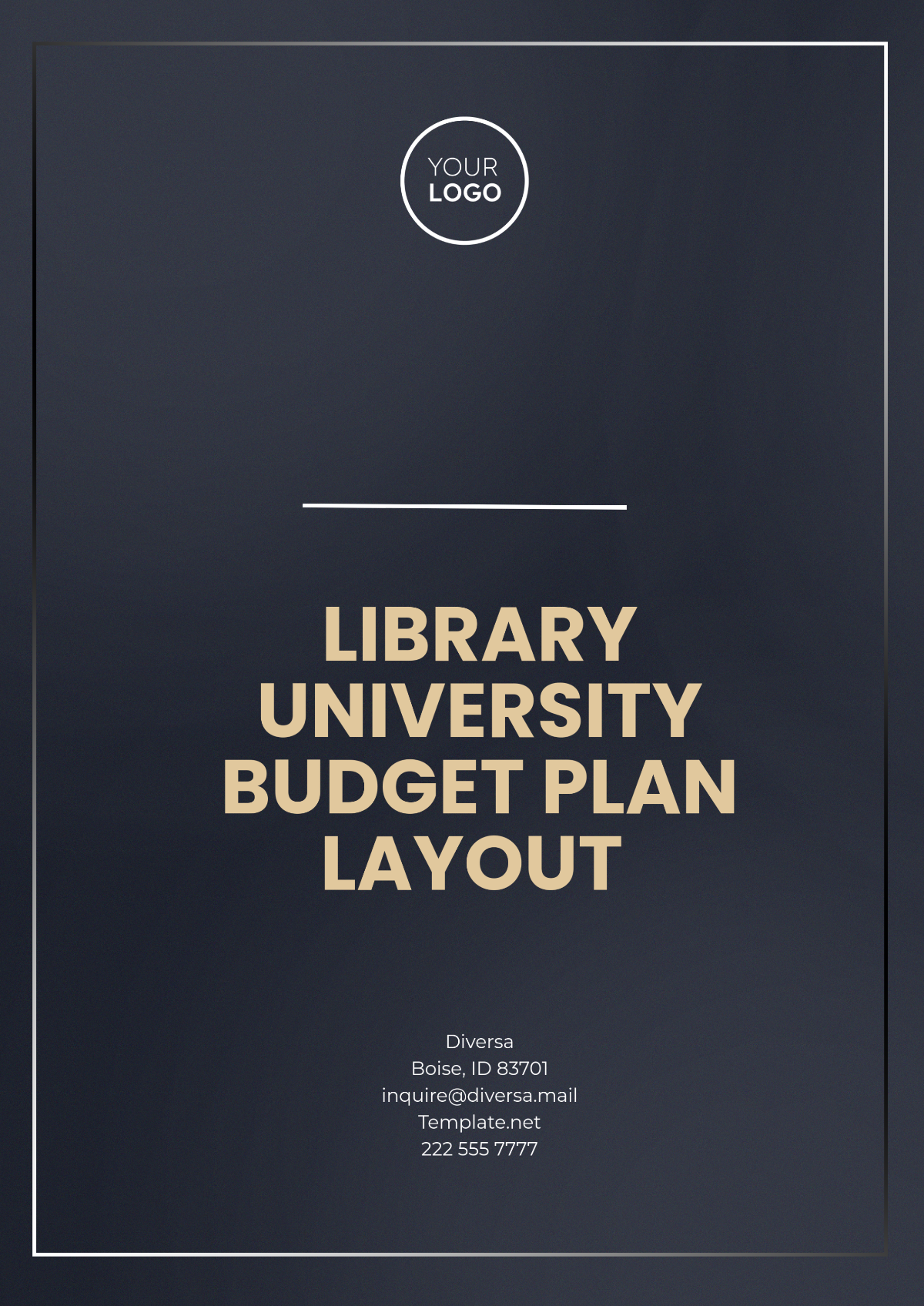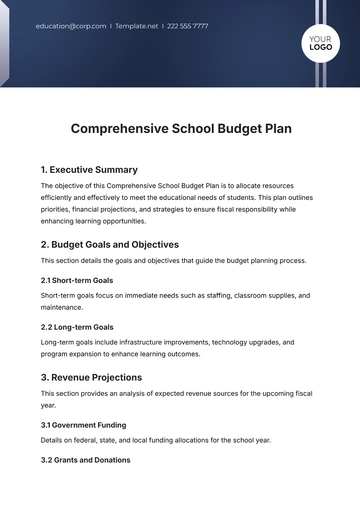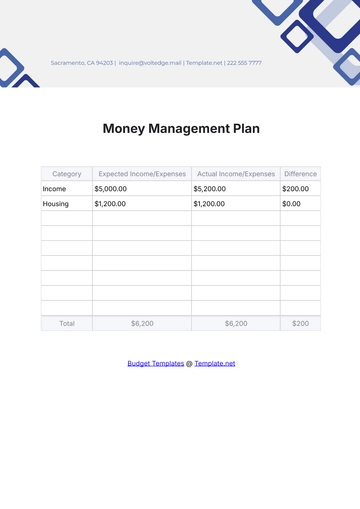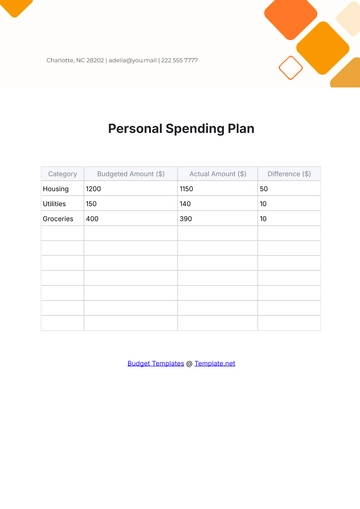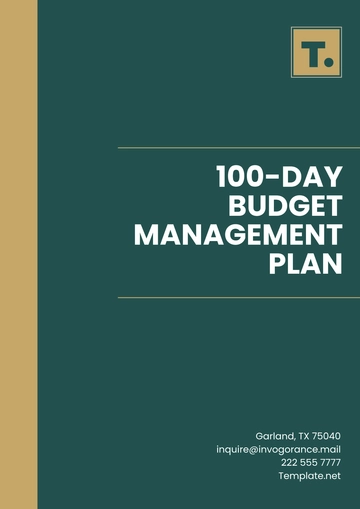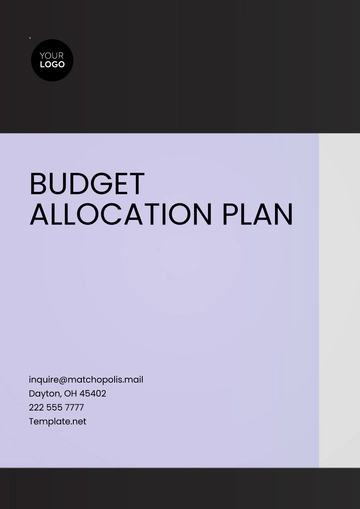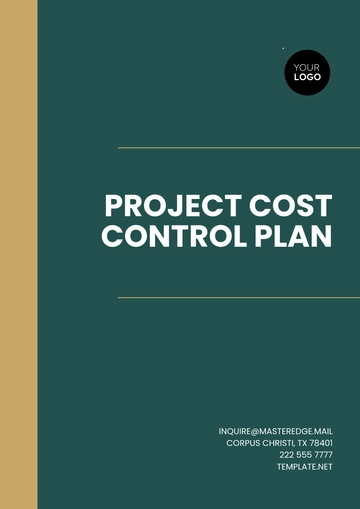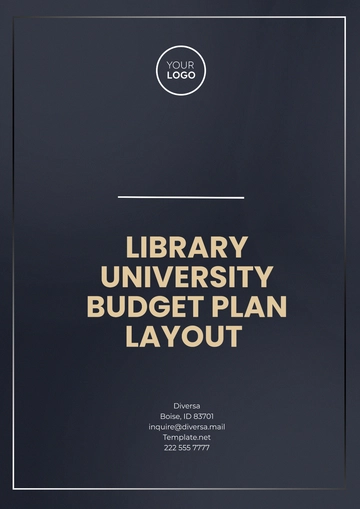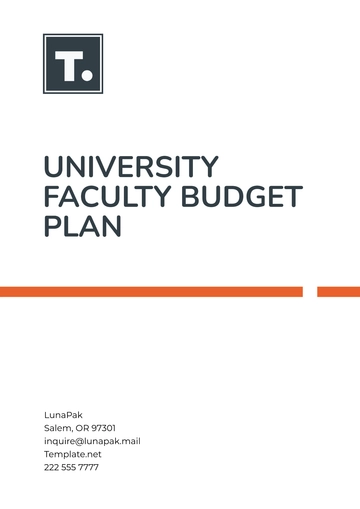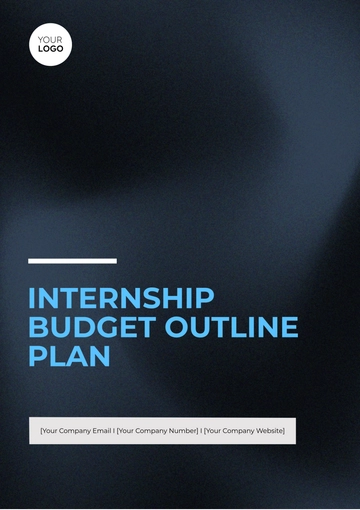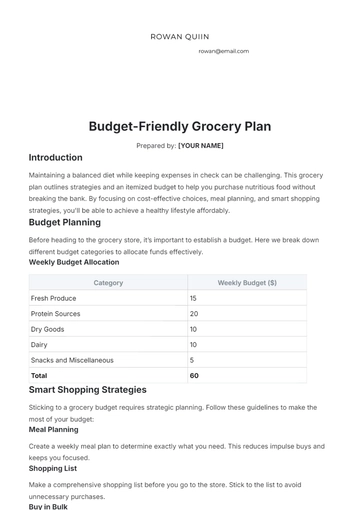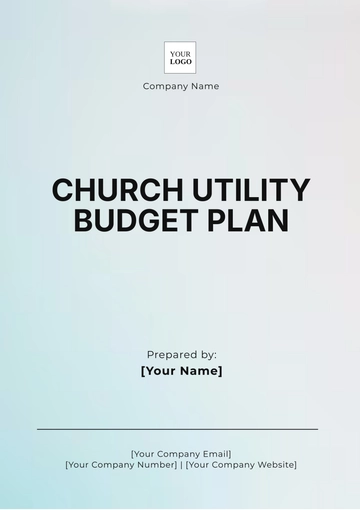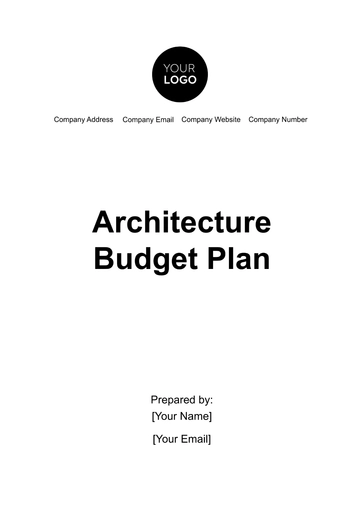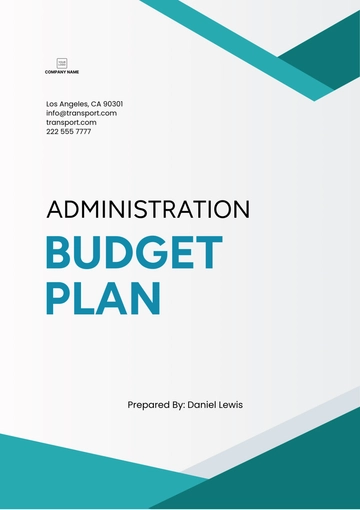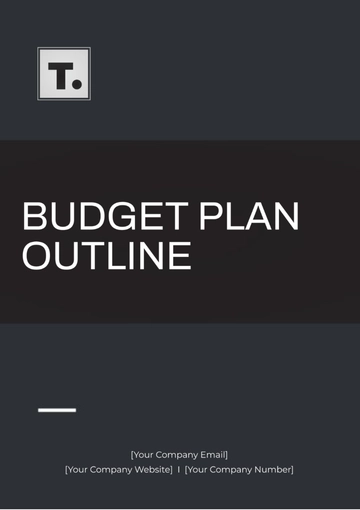Library University Budget Plan Layout
Prepared By: [Your Name]
University: [University Name]
1. Introduction
Overview of the library's goals for the fiscal year.
Purpose of the budget plan and its alignment with the university's academic objectives.
Key objectives and initiatives for the library (e.g., improving collections, services, technology, staffing).
2. Budget Summary
Total Library Budget: Total allocated amount for the year.
Funding Sources: Breakdown of funding sources (e.g., university allocation, grants, donations, endowments).
3. Expenditure Categories
Personnel Costs:
Salaries and wages for staff (librarians, technicians, support staff).
Benefits (healthcare, retirement contributions).
Professional development and training.
Library Materials and Resources:
Books, journals, and digital subscriptions.
Database licenses and other research materials.
New acquisitions and renewals.
Technology and Equipment:
Hardware (computers, printers, scanners).
Software and online services (catalog systems, databases).
Maintenance and upgrades.
Facilities and Operations:
Rent or lease (if applicable).
Utilities (electricity, water, heating/cooling).
Maintenance and repairs.
Programs and Services:
Special collections and archives.
Outreach and events (lectures, workshops).
Community engagement initiatives.
Supplies and Miscellaneous:
4. Projected Revenue
Library Fees: Income from late fees, printing, or other services.
Donations and Grants: Expected contributions from donors or grant funding.
External Funding: Support from academic departments or external entities.
5. Financial Analysis
Year-over-Year Comparison: Budget vs. actual spending from previous years.
Cost Efficiency: Efforts to optimize library operations and reduce unnecessary costs.
Growth and Challenges: Areas for improvement or expansion in the library’s budget (e.g., new services, staff needs).
6. Strategic Allocations
Priority Areas: Allocating funds to priority initiatives (e.g., expanding digital collections, improving access to resources).
Long-term Investments: Plans for future development (e.g., new library infrastructure, expanding spaces, digital transformation).
7. Approval and Conclusion
Signature lines for department heads, university administrators, or financial officers.
Final remarks on the budget's role in supporting the library's mission.
Budget Templates @ Template.net
